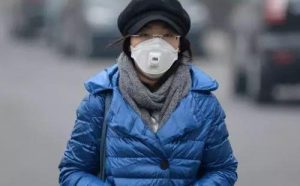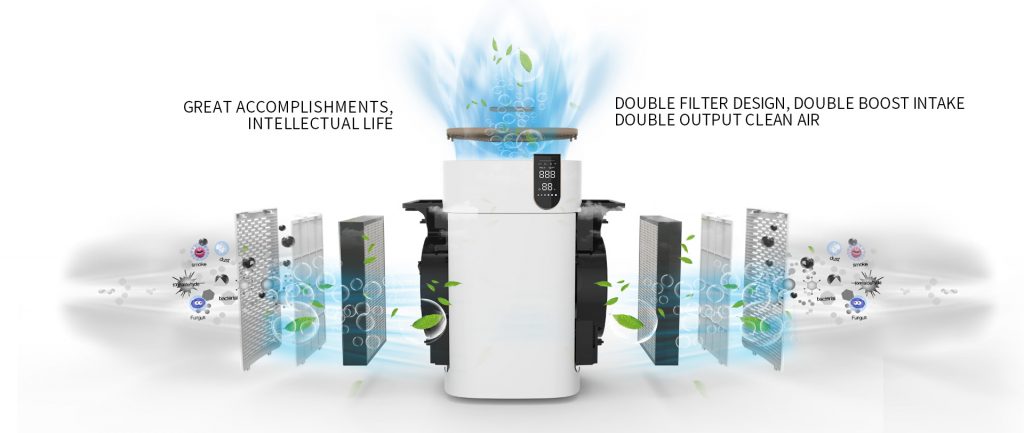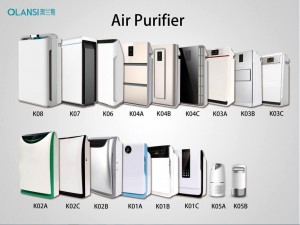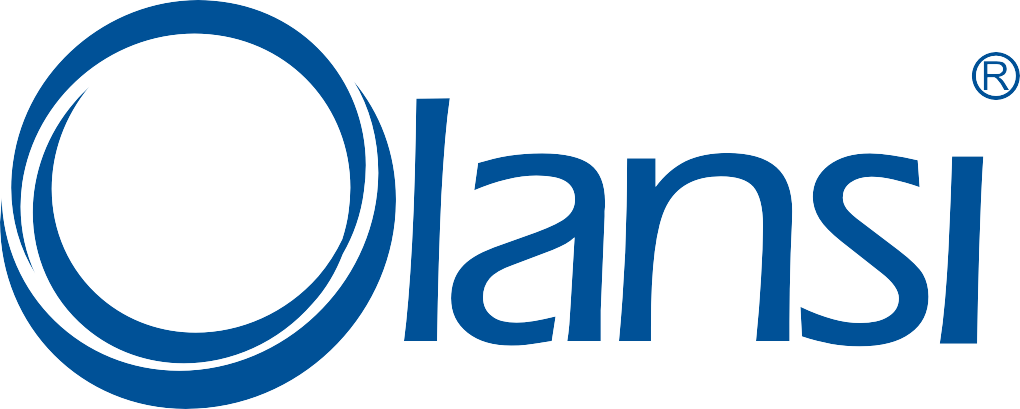How to do health protection in heavily polluted weather?
What is heavy pollution weather? Heavy pollution weather refers to an air quality index greater than 200, that is, the phenomenon of air pollution with the ambient air quality reaching the level of heavy pollution or above; heavy pollution weather with PM2.5 as the primary pollutant is commonly known as “Haze”.
Heavy polluted weather can increase the risk of morbidity and mortality of respiratory and cardiovascular diseases. In addition, the International Agency for Research on Cancer (IARC) under the World Health Organization has identified particulate matter, one of the main pollutants in the atmosphere, as a human carcinogen.
So, how to deal with heavy pollution weather?

Wear masks scientifically
Everyone should first pay attention to the air quality forecast and keep abreast of the local air pollution situation. When heavy pollution occurs, everyone should adhere to the principle of “do not go out unless necessary” to minimize exposure, especially sensitive groups such as children, the elderly, and patients with respiratory and cardiovascular diseases.
If you need to go out, you should wear an anti-haze mask to reduce the inhalation of harmful substances. It is preferred to choose masks marked with KN95, N95, FFP2 and above standards, and at the same time, you should choose masks that are suitable for your face and have better air tightness; patients with cardiopulmonary diseases should Wear a protective mask with a breathing valve, and children should choose a special mask for children.
Key points: Only masks that meet the standards can have good protective performance; in addition, wearing and replacing masks must be carried out in strict accordance with the instructions for use.
Choose the right air purification equipment

When the weather is heavily polluted, the doors and windows should be closed in time, and it is recommended to use a suitable air purification device.
Air purifiers have a certain ability to remove one or more pollutants such as particulate matter, gaseous pollutants, and microorganisms in indoor air.
The more commonly used air purifiers on the market are physical type (generally suitable for removing suspended particles), chemical type (suitable for removing harmful gases), ionization type (suitable for deodorizing and killing bacteria); “clean air volume” (CADR value) and “cumulative purification capacity” (CCM value) are the two main indicators for judging the quality of air purifiers. The CADR value reflects the purification capacity per hour (the larger the CARD value, the stronger the purification capacity), and the CCM value It reflects the continuity of the purification ability (the larger the CCM value, the longer the replacement or cleaning cycle of the purification components), so you can choose an air purifier that meets international standards according to the pollutants the family wants to purify and refer to these two indicators.

Key points: When using the air purifier, you should close the door and close the window, open the window in time for indoor and outdoor air exchange (because the air purifier is to purify the indoor air, the indoor CO2 concentration will increase), and regularly replace or clean the purification components.

